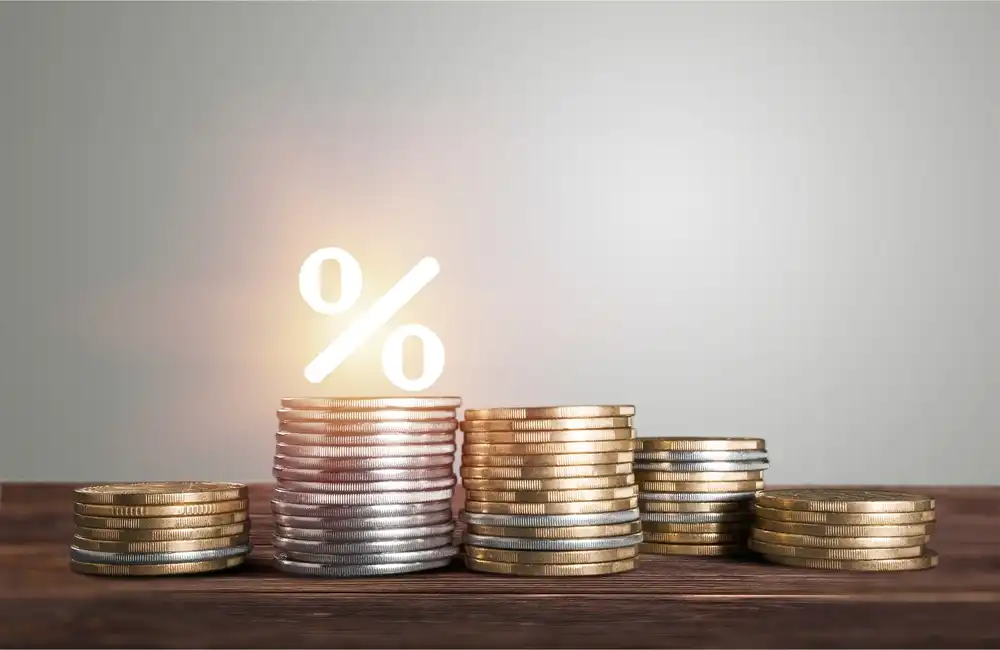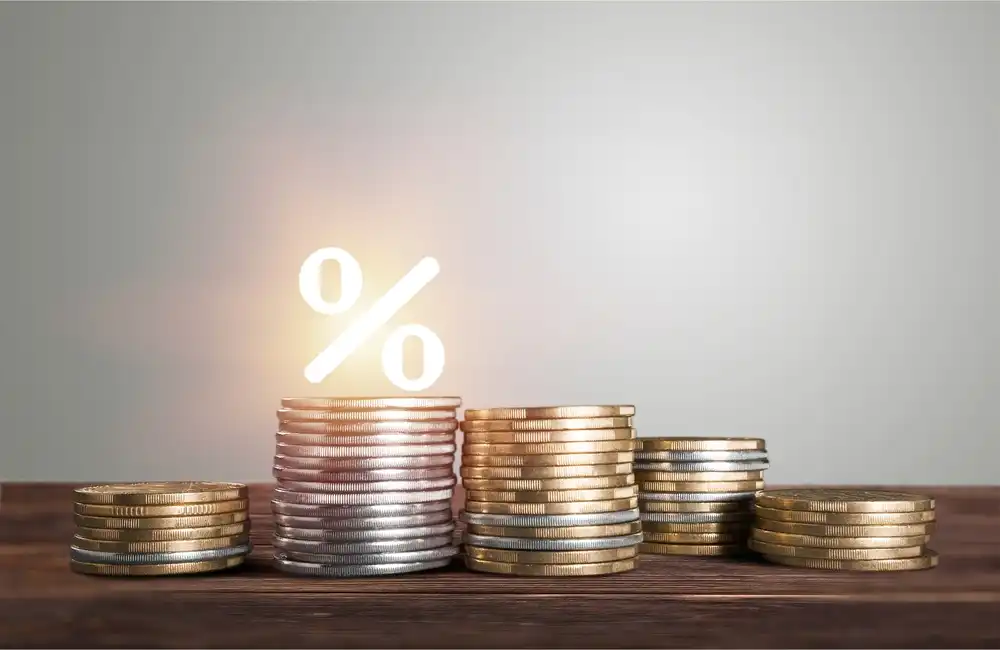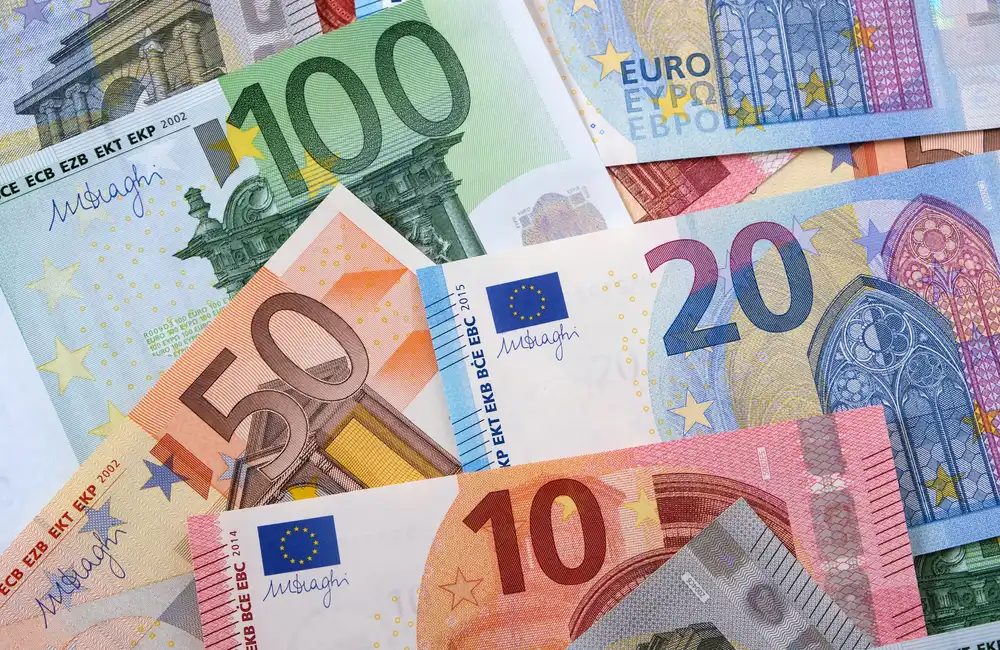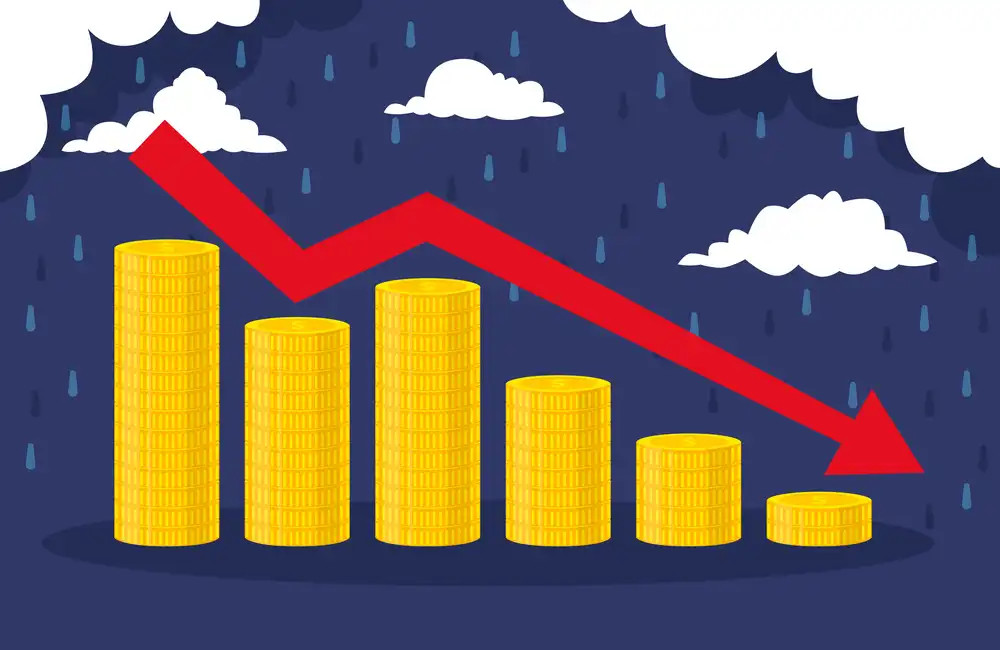Key nonferrous metals gave back most of the previous day's gains in London trading early Feb. 25, as market sources judged the sanctions to be imposed on Russia following its invasion of Ukraine as less severe than forecast.
The US, European Union, and the UK announced sanctions that were unlikely to make a significant dent in metals flows from Russia but could affect the financing of metals and steel trade from the country.
Russia is a large producer of various metals, including aluminum and nickel, and a significant copper producer as well. Sanctions on individual Russian metals or steel firms or their owners might have been able to further constrict global metals supplies, as occurred when in 2018-2019 the United States moved to sanction Russia’s Rusal, one of the world’s largest primary aluminum producers.
The London Metal Exchange three-month spot nickel was priced at $24,185/mt at 1120 GMT on Feb. 25, down from the closing price of $24,716/mt on Feb. 24.
LME three-month spot copper was trading at $9,830.50/mt ($4.46/lb) at 1120 GMT on Feb. 25, compared with the Feb. 24 closing price at $9,864/mt.
LME three-month spot aluminum traded at $3,317/mt at 1120 GMT on Feb. 25, compared to a closing price of $3,394.50/mt on Feb. 24.
Hours after the news broke of the invasion late Feb. 24, prices in the spot trading for the two metals were more than 5% higher in some instances from the previous daily close, with aluminum at an all-time high of about $3,450/mt, though some of the rise abated during the day's trading.
“The price of nickel and aluminum has both fallen by as much as 2 percent this morning,” Commerzbank’s commodities analyst Daniel Briesemann said in a Feb. 25 note. “Because the aluminum industry is not facing US sanctions imposed against Russia last night (and most likely the nickel industry won’t, either). But we do not think the threat of supply disruptions has dissipated completely, since Russia could itself choose to restrict its commodity shipments in retaliation.”
Briesemann said that any supply shortfalls could come at the same time as low inventories. “At a merest fraction over 820,000 tons, aluminum inventories in the LME’s sheds are at a 15-year low. Nickel stocks are just 81,000 tons, a very low level by historical standards. Readily available stocks of both metals are also considerably lower.
Russian oil has been kept off limits by the sanctions Western governments have imposed, noted Edward Meir, an analyst at ED&F Man Capital Markets, on Feb. 24, after some sanctions were announced, “and, the same has applied to sales of aluminum and nickel exports" so that “Rusal and Norilsk today are seemingly off the hook.” That said, I suspect Russian metal will prove itself very challenging to trade as we move through ever more burdensome banking, insurance, and shipping restrictions.
Commodities 'deflate'
“Upon digesting the sanction announcement and its various carve-outs, we witnessed a dramatic reversal in the two most affected asset classes; commodities started to deflate, US equities continued to recover and closed sharply higher on the day, with gains varying from 1%-3%,” Meir added. “Base metals closed mixed; copper, nickel, and lead lost ground, but aluminium and zinc settled up about 2% and 1% respectively, but both well off earlier highs. Lead and copper were little changed, closing pretty much flat on the day.”
Gold falls
The gold spot price was at around $1,908/oz on Feb. 25, at 1120 GMT, after hitting $1,954/oz on Feb. 24, its highest level in over a year, as investors scurried for “safe haven” assets.
“The drop followed gold’s 17-month peak following weaker-than-expected sanctions on Russia, with Biden not excluding the country from the Swift payment mechanism,” SP Angel broker analyst John Meyer said on Feb. 25.





















